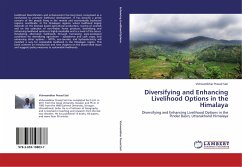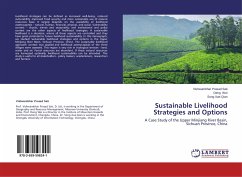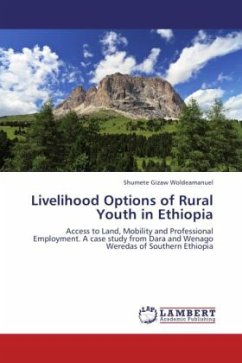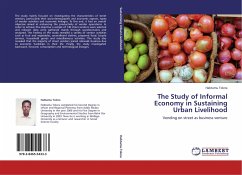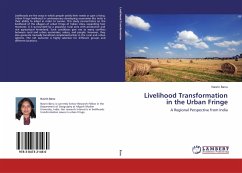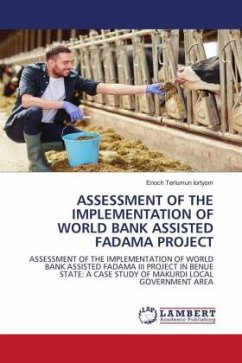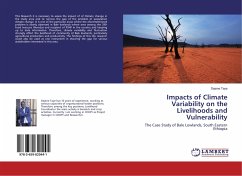Livelihood diversification and enhancement has long been recognised as a mechanism to promote livelihood development. It has become a prime concern of the people living in the remote and economically backward regions, worldwide. In the Himalayan regions, where livelihood largely depends on the biomass based agricultural production, rearing of animals and on the collection of non-timber forest products, diversifying and enhancing livelihood options is highly inevitable and is a need of the hours. Developing alternative livelihoods through harnessing agro-ecological conditions for diversifying agriculture subsistence and cash crops, and enhancing other options NTFPs, eco-tourism, and hydroelectricity will manifest a way for sustainable livelihood in the Himalayan region. This book contents an introduction and nine chapters on the above-cited issues and suggests policy measures to sustainable livelihoods.
Bitte wählen Sie Ihr Anliegen aus.
Rechnungen
Retourenschein anfordern
Bestellstatus
Storno

